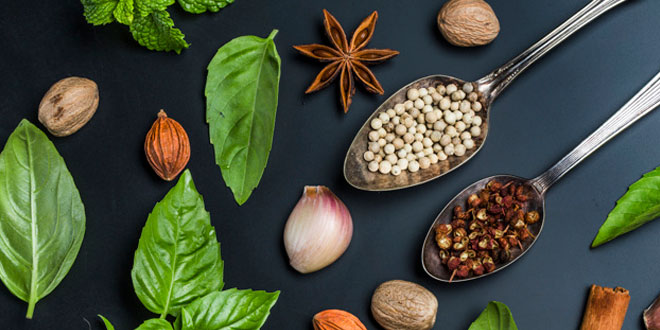Question: Why are Lichens considered symbionts?
Answer: Lichen is made of fungus and an alga together. In lichen, alga (autotrophs) and fungus (saprophyte) depend on each other for their nutritional needs. The fungus supplies water and minerals to the alga. The alga being green and autotroph synthesis food by photosynthesis and supplies organic food to the fungus. Hence Lichens are considered symbionts.
Question: How does a pitcher plants get its nutrition?
Answer: In the pitcher plant, the leaf blade is modified into a long tubular pitcher to form a pitfall trap with sticky liquid inside. When an insect enters this pitcher, it gets trapped in a sticky liquid inside the pitcher. The insect then gets slowly digested by this sticky liquid.
Question: Write the importance of Rhizobium bacteria for the farmers.
Answer: Usually crops require a lot of nitrogen to make proteins. They cannot utilise the atmospheric nitrogen. They can use it in soluble from. The Rhizobium bacteria convert atmospheric nitrogen into soluble form. In this way Rhizobium plays an important role for the farmer because it helps to save fertilisers and manures.
Question: Describe the factors affecting the process of photosynthesis.
Answer: Factor affecting the process of photosynthesis:
- Light: It is essential for the process of photosynthesis. An increase in the intensity of light increases the rate of photosynthesis.
- carbon dioxide: It is the source of carbon for the synthesis of organic compounds formed in the plant.
- Water: It is also very important for the process of photosynthesis. Lack of water decreases the rate of photosynthesis.
- Temperature: The optimum temperature required by most of the plants for photosynthesis is 350°c.
- Chlorophyll: It is indispensable for the process of photosynthesis. Photosynthesis does not occur in the plants that lack chlorophyll.
Question: How can nitrogen in the soil be replenished?
Answer: (1) Plants get nitrogen in the form of soluble salts such as nitrates, urea and ammonium sulphate etc. from the soil through their root system.
The nitrates formed are absorbed by plants as fertilizers which convert them into proteins. Plants are eaten by animals. A part of the plant proteins is used in making flesh and rest is excreted as urea in urine which goes back to the soil.
Bacteria which are present in soil decompose urea to ammonia. They also decompose proteins of the dead animals into ammonia. Ammonia is partly converted into nitrates and the rest into nitrogen.
(2) The atmospheric nitrogen cannot be utilised by plants as such. However, certain bacteria such as symbiotic bacteria present in the root nodules of the leguminous plants can convert atmospheric nitrogen into soluble salts of nitrogen e.g. nitrates. These nitrates being soluble, are absorbed by the plants through their root system. The denitrifying bacteria like pseudomonas convert some of the nitrates formed in the soil into free nitrogen gas which goes back into the atmosphere. Thus nitrogen in the soil can be replenished.
 Class Notes NCERT Solutions for CBSE Students
Class Notes NCERT Solutions for CBSE Students



It was a nice experience